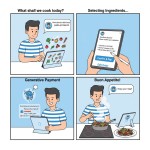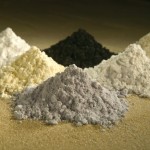Heat-related disruptions in supply chains and distribution networks can have significant economic consequences.
Table of contents [Show]
Delayed Deliveries
When infrastructure becomes damaged or inaccessible due to heat-related issues, it can lead to delays in delivering goods and products to their intended destinations. These delays can ripple through the supply chain, impacting businesses and consumers who rely on timely deliveries.
Increased Costs
Heat-related disruptions can lead to increased costs in supply chains and distribution networks. For example, if transportation routes need to be diverted or alternative means of transportation need to be arranged, it can result in additional expenses. Additionally, delays in goods delivery can lead to increased storage costs and penalties for late shipments. These increased costs can impact the profitability of businesses and potentially result in higher prices for consumers.
Inventory Shortages
If products are delayed or unavailable due to transportation issues, businesses may struggle to meet consumer demand. This can result in lost sales and potential financial losses for companies.
Reduced Efficiency
When goods are delayed or unavailable, it can create bottlenecks and inefficiencies in the system. This can impact the productivity of businesses, leading to decreased output and potential financial losses.
Impact on Businesses and Consumers
Businesses may face challenges in sourcing raw materials or parts for production, resulting in delays in manufacturing processes. This can lead to decreased revenue and potential customer dissatisfaction. For consumers, it can mean limited product availability, delayed deliveries, and potentially higher prices due to increased costs incurred by businesses.
Economic Effects
The economic consequences of heat-related disruptions in supply chains and distribution networks can be far-reaching. The overall economy can experience a slowdown as the movement of goods and services is hindered. This can affect employment opportunities, investment decisions, and consumer spending.








